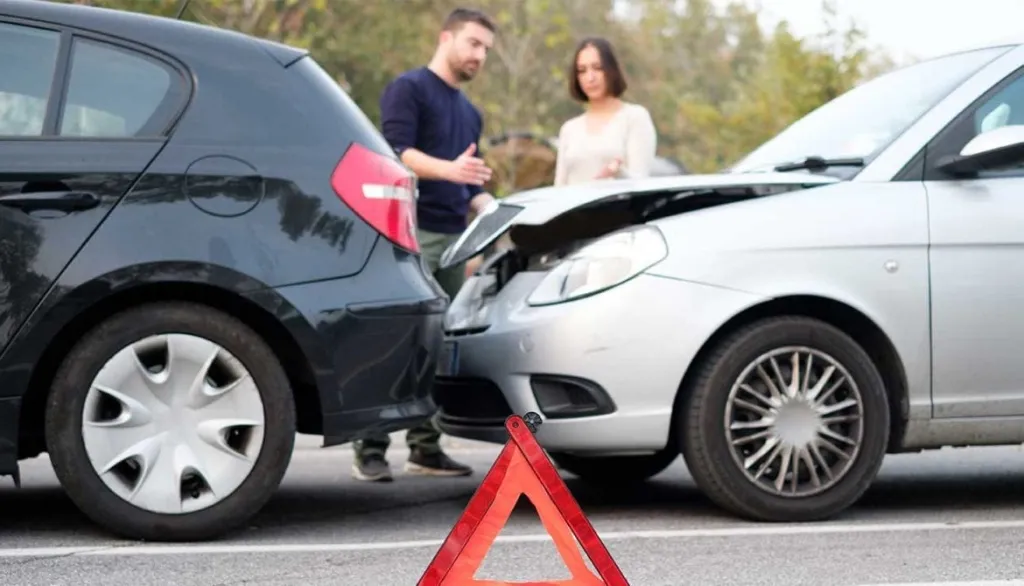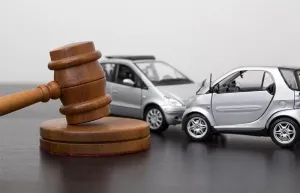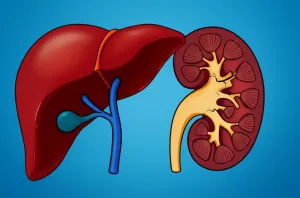The Basics of Car Accident Law: A Plain English Guide (2026)
- account_circle admin
- calendar_month Sel, 2 Sep 2025
- visibility 152
- comment 0 komentar

The Basics of Car Accident Law
The Basics of Car Accident Law: A Plain English Guide (2026)
KlikBabel.com – The Basics of Car Accident Law: A Plain English Guide (2026). Getting into a car accident is a stressful experience. Beyond the immediate shock and potential injuries, you’re likely facing a whirlwind of questions about what comes next. Understanding the basics of car accident law can significantly ease this burden, empowering you to navigate the process effectively. This guide, drawing on insights from top-ranking legal resources, aims to demystify car accident law in plain English for 2026.

The Basics of Car Accident Law
Understanding Fault and Negligence
At the heart of most car accident cases lies the concept of negligence. In simple terms, negligence means that someone failed to act with the reasonable care expected of a prudent person, and this failure directly caused the accident and your injuries.
To prove negligence, you generally need to establish four key elements:
- Duty of Care: All drivers have a legal duty to operate their vehicles safely and responsibly. This includes obeying traffic laws, paying attention, and avoiding distractions.
- Breach of Duty: The at-fault driver violated this duty. Examples include speeding, running a red light, driving under the influence, or using a mobile phone while driving.
- Causation: The driver’s breach of duty was the direct cause of the accident and your injuries. There must be a clear link between their negligent action and the harm you suffered.
- Damages: You suffered actual losses as a result of the accident, such as medical bills, lost wages, property damage, or pain and suffering.
Types of Damages in Car Accident Claims
If negligence is established, you may be entitled to compensation for various damages. These are broadly categorized as:
- Economic Damages: These are quantifiable financial losses. They include:
- Medical Expenses: Past, present, and future costs of treatment, including hospital stays, doctor visits, medication, therapy, and rehabilitation.
- Lost Wages: Income you’ve lost and will lose due to your inability to work because of the accident.
- Property Damage: The cost to repair or replace your vehicle and any other damaged property.
- Other Out-of-Pocket Expenses: Costs related to transportation, home modifications, or assistive devices.
- Non-Economic Damages: These are more subjective and harder to quantify. They aim to compensate for the intangible losses suffered, such as:
- Pain and Suffering: Physical pain, emotional distress, and mental anguish caused by the accident.
- Loss of Enjoyment of Life: The inability to participate in activities you previously enjoyed.
- Loss of Consortium: In some cases, a spouse may be able to claim damages for the loss of companionship and support from their injured partner.
After an accident, you’ll likely interact with insurance companies. Understanding the different types of insurance is crucial:
- Your Own Insurance:
- Collision Coverage: Pays for damage to your vehicle regardless of fault.
- Comprehensive Coverage: Covers damage from events other than collisions, like theft or vandalism.
- Uninsured/Underinsured Motorist (UM/UIM) Coverage: This is vital. It protects you if the at-fault driver has no insurance or insufficient insurance to cover your damages.
- Personal Injury Protection (PIP) or Medical Payments (MedPay): These cover your medical expenses and sometimes lost wages, regardless of fault, in states with no-fault insurance laws or if you opt for this coverage.
- The At-Fault Driver’s Insurance: This is the primary source of compensation if the other driver is deemed negligent. Their liability coverage will typically pay for your medical bills, property damage, and other losses.
No-Fault vs. At-Fault States
The legal framework for car accident claims can differ significantly depending on whether you’re in a no-fault or at-fault state.
- At-Fault States: In these states, the driver who caused the accident is responsible for paying for the damages. You’ll typically need to prove the other driver’s negligence to recover compensation.
- No-Fault States: In these states, your own insurance policy (usually PIP) will cover your initial medical expenses and lost wages, regardless of who was at fault. You can only sue the at-fault driver for damages beyond your insurance policy limits or for severe injuries.
The Statute of Limitations
It’s imperative to be aware of the statute of limitations. This is a legal deadline for filing a lawsuit. If you miss this deadline, you will permanently lose your right to seek compensation through the courts. The specific time limit varies by state and the type of claim, so it’s essential to consult with a legal professional promptly.
Why You Might Need an Attorney
While you can attempt to handle a car accident claim on your own, engaging a qualified personal injury attorney can be incredibly beneficial, especially in complex cases. An attorney can:
- Investigate the accident thoroughly and gather crucial evidence.
- Handle all communication with insurance companies, preventing you from making damaging statements.
- Negotiate a fair settlement on your behalf.
- Represent you in court if a settlement cannot be reached.
- Ensure you understand your rights and options.
Navigating the aftermath of a car accident can be daunting, but understanding these fundamental legal principles empowers you to take the right steps towards recovery and fair compensation.
Frequently Asked Questions (FAQ)
Q1: What should I do immediately after a car accident?
The immediate aftermath of a car accident is critical for both your safety and the preservation of your legal rights. First and foremost, ensure everyone involved is safe. If possible and safe to do so, check for injuries and call emergency services (911 or your local equivalent) if anyone is hurt or if there’s significant damage. Do not leave the scene of the accident. Exchange contact and insurance information with the other driver(s). Take photos of the accident scene, vehicle damage, and any visible injuries. If there are witnesses, try to get their contact information as well. It’s also advisable to seek medical attention, even if you don’t feel injured, as some injuries can manifest later.
Q2: How long do I have to file a car accident lawsuit?
The timeframe within which you can file a lawsuit after a car accident is determined by the statute of limitations, which varies by state. These statutes set legal deadlines for initiating legal action. For personal injury claims arising from car accidents, this period can range from one to several years. However, it is crucial to understand that this is a strict deadline. Missing it will generally bar you from pursuing legal recourse. It is highly recommended to consult with a personal injury attorney as soon as possible after an accident to determine the specific statute of limitations applicable to your case and to ensure timely filing.
Q3: Can I still get compensation if I was partially at fault for the accident?
Yes, in many states, you may still be able to recover compensation even if you were partially at fault for the accident, thanks to concepts like comparative negligence. There are a few variations:
- Pure Comparative Negligence: You can recover damages even if you were mostly at fault, but your compensation will be reduced by your percentage of fault. For example, if you are 30% at fault, you can recover 70% of your damages.
- Modified Comparative Negligence (50% or 51% Rule): You can recover damages as long as your fault is below a certain threshold (usually 50% or 51%). If your fault meets or exceeds that threshold, you cannot recover any compensation.
It’s important to note that the specific rules for comparative negligence differ significantly from state to state. An attorney can help you understand how these laws apply to your specific situation.
- Penulis: admin












Saat ini belum ada komentar